Sleep with peace of mind: discover the Medlogics waterproof edgable cover You want to give your child or a loved one reliable protection against night-time accidents.
Blog navigation
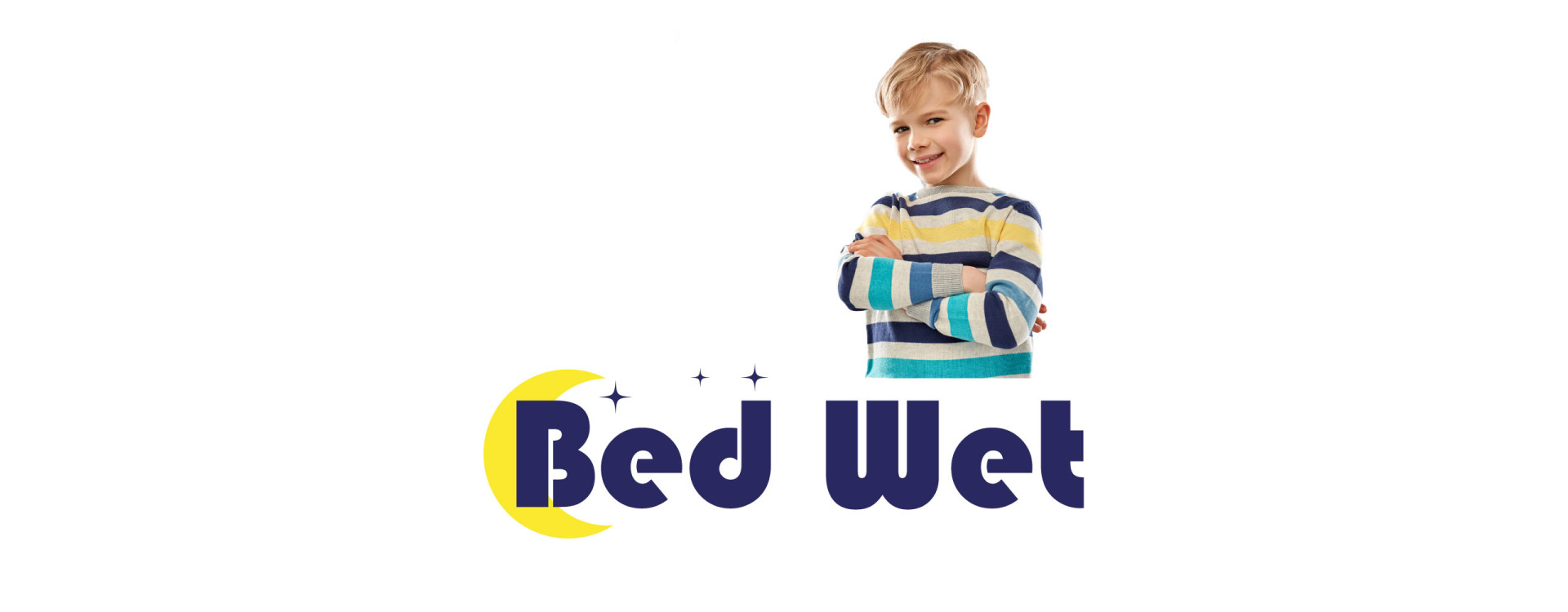
Changing a child's or adult's nappy and changing them standing up
Related products
Ontex iD - Expert slip super - XS
Price: €12.55
Units per pack: 14
Absorption : 1550 ml
Size: X-Small
Waist size : 40 to 70 cm
Ontex iD - Expert slip maxi - S
Price: €19.90
Units per pack: 20
Absorption : 2300 ml
Size: Small
Waist size : 50 to 90 cm
Ontex iD - Expert slip maxi - M
Price: €20.90
Units per pack: 15
Absorption : 3700 ml
Size: Medium
Waist size : 80 to 125 cm
Ontex iD - Expert slip maxi - L
Price: €21.90
Units per pack: 15
Absorption: 4500 ml
Size: Large
Waist: 115 to 155 cm
Seni Kids - Junior - 11-25 kg
Price: €11.90
Units per pack: 30
Absorption: 930 ml
Size : XX-Small
Weight 11 to 25 kg
Seni Kids - Junior extra - +15 kg
Price: €13.90
Units per pack: 30
Absorption : 1100 ml
Size : 2X-Small
Weight 15 to 30 kg
Seni - Super plus - XS
Price: €7.50
Units per pack: 10
Absorption : 1800 ml
Size : X-Small
Waist: 40 to 60 cm
Seni - Super Quatro - M
Price: €13.50
Units per pack: 10
Absorption : 4300 ml
Size : Medium
Waist : 75 to 100 cm
Seni - Super quatro - L
Price: €14.50
Units per pack: 10
Absorption : 4600 ml
Size : Large
Waist : 100 to 150 cm
Seni - Super Quatro - S
Price: €9.90
Units per pack: 10
Absorption : 3700 ml
Size : Small
Waist : 55 to 80 cm
Seni - Super trio - S
Price: €8.90
Units per pack: 10
Absorption : 2600 ml
Size : Small
Waist : 55 to 80 cm
Seni - Super trio - L
Price: €11.90
Units per pack: 10
Absorption : 3400 ml
Size : Large
Waist : 100 to 150 cm
Seni - Super trio - M
Price: €10.90
Units per pack: 10
Absorption : 3000 ml
Size : Medium
Waist : 75 to 100 cm
Attends - Brief regular 9 - L
Old price: €18.90
Price: €17.01
Discount: 10%
Save up: -€1.89
Units per pack: 28
Absorption: 2400 ml (ISO)
Size : Large
Waist size : 100...
Ontex iD - Expert slip super - S
Price: €13.00
Units per pack: 14
Absorption : 2100 ml
Size : Small
Outer cover : Textile -...
Wait - Adjustable 10 - M
Old price: €24.90
Price: €22.41
Discount: 10%
Save up: -€2.49
Units per pack: 21
Absorption : 2600 ml (ISO)
Size : Medium
Outer Fabric :...
Waiting - Adjustable 10 - L
Old price: €26.90
Price: €24.21
Discount: 10%
Save up: -€2.69
Units per pack: 21
Absorption: 3100 ml (ISO)
Size : Large
Outer Fabric :...
Attends - Flex 10 - XL
Old price: €16.90
Price: €15.21
Discount: 10%
Save up: -€1.69
Units per pack: 20
Absorption: 3850 ml (ISO)
Size : Extra Large
Outer Fabric...
Attends - Flex 10 - L
Old price: €21.90
Price: €19.71
Discount: 10%
Save up: -€2.19
Units per pack: 22
Absorption: 3700 ml (ISO)
Size : Large
Outer Fabric :...
Attends - Flex 9 - XL
Old price: €16.00
Price: €14.40
Discount: 10%
Save up: -€1.60
Units per pack: 22
Absorption: 3000 ml (ISO)
Size : Extra Large
Outer Fabric...
Attends - Flex 9 - L
Old price: €22.90
Price: €20.61
Discount: 10%
Save up: -€2.29
Units per pack: 26
Absorption: 2400 ml (ISO)
Size : Large
Outer Fabric :...
Attends - Flex 9 - M
Old price: €20.90
Price: €18.81
Discount: 10%
Save up: -€2.09
Units per pack: 26
Absorption : 2100 ml (ISO)
Size : Medium
Outer Fabric :...
Attends - Flex 8 - XL
Old price: €16.00
Price: €14.40
Discount: 10%
Save up: -€1.60
Units per pack: 26
Absorption: 2500 ml (ISO)
Size : Extra Large
Outer Fabric...
Attends - Flex 8 - L
Old price: €21.90
Price: €19.71
Discount: 10%
Save up: -€2.19
Units per pack: 28
Absorption: 2000 ml (ISO)
Size : Large
Outer Fabric :...
Attends - Slip active 9 - L
Old price: €20.90
Price: €18.81
Discount: 10%
Save up: -€2.09
Units per pack: 28
Absorption: 2400 ml (ISO)
Size : Large
Outer shell : PVC...
Attends - Slip active 8 - L
Old price: €19.70
Price: €17.73
Discount: 10%
Save up: -€1.97
Units per pack: 28
Absorption: 2200 ml (ISO)
Size : Large
Outer sail : PVC...
Ontex iD - Expert slip super - XL
Price: €19.94
Units per pack: 14
Absorption: 3800 ml
Size : Extra-Large
Outer Fabric :...
Ontex iD - Comfy junior slip - XS
Price: €12.50
Units per pack: 14
Absorption : 1600 ml
Size : X-Small
Waist: 40 to 70 cm
Ontex iD - Expert slip maxi prime - M
Price: €22.90
Units per pack: 15
Absorption : 4100 ml
Size: Medium
Waist size : 80 to 125 cm
Ontex iD - Expert slip maxi prime - L
Price: €26.90
Units per pack: 15
Absorption : 4880 ml
Size: Large
Waist size : 115 to 155 cm
Happy - Midi (5 - 9 kg) T3 - 72 nappies
Price: €20.20
Units : 72
Weight range 5 to 9 kg
Size : Size 3
Happy - Junior (12 - 25 kg) T5 - 52 nappies
Price: €23.10
Units : 52
Weight range 12 to 25 kg
Size : Size 5
Happy - Junior extra (16 kg) T6 - 48 couches
Price: €21.90
Units : 48
Weight range + 16 kg
Size : Size 6
Seni Kids - Junior super 20 kg
Price: €18.50
Units per pack: 30
Absorption : 1350 ml
Size : X-Small
Weight 20 kg
Waist 40...
Abena Slip Junior XS2 - Children's nappy
Price: €21.90
Units per pack: 32
Absorption : 1500 ml
Size : X-Small
Hip circumference: 40...



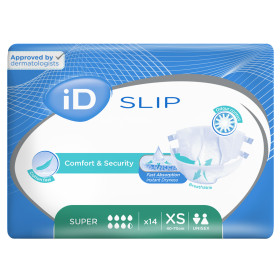

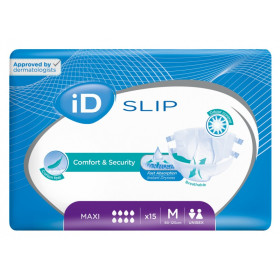
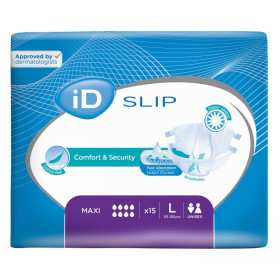

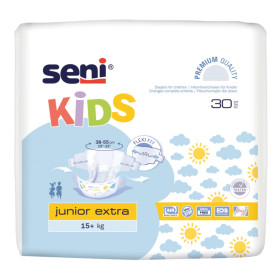

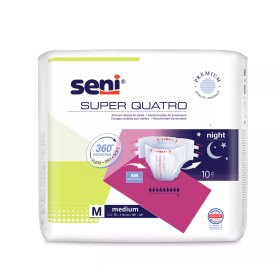
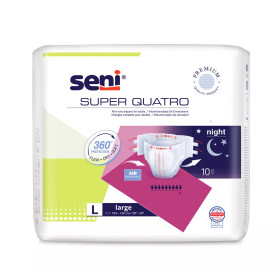
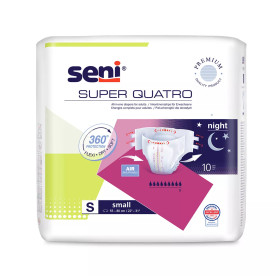
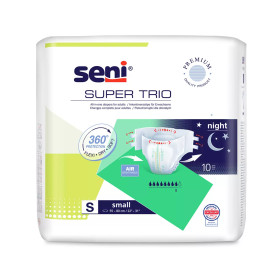

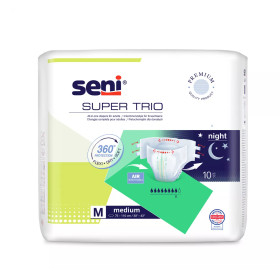
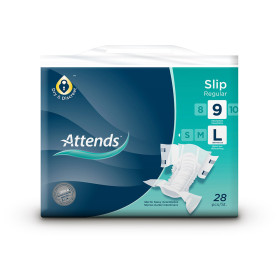




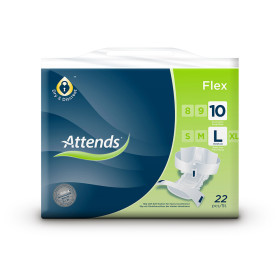
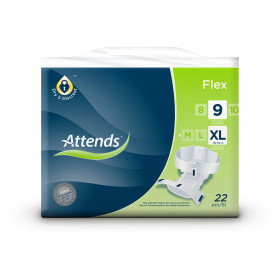
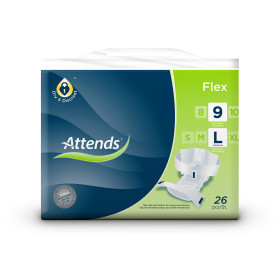

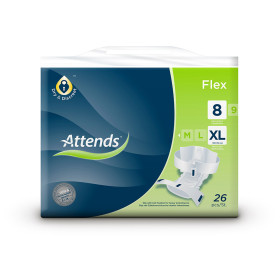

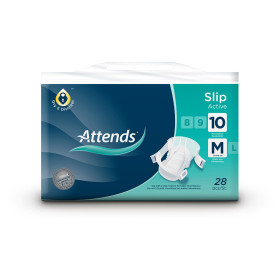
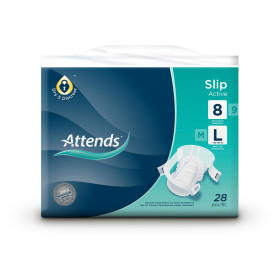
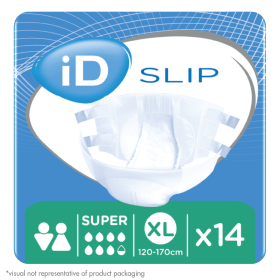

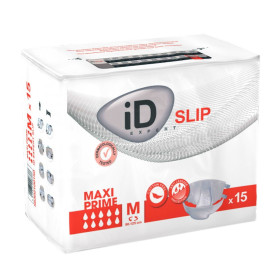



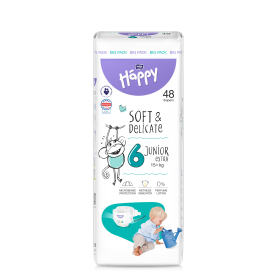

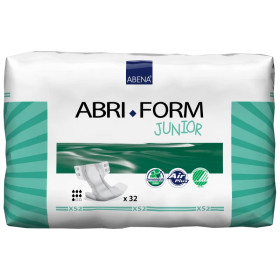





Latest comments